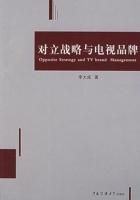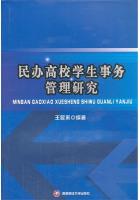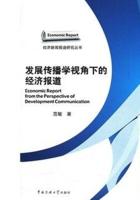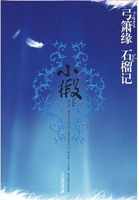More widespread were concerns that magazines,including those published by Curtis,failed to reach a unique audience.That is,readers tended to subscribe to more than one periodical.To advertisers who sought the widest possible audience at the lowest possible cost,such“duplication”was often seen as wasteful and inefficient.Why,advertisers asked,should they buy space in both the Post and the Journal if the same families subscribed to both magazines.As he did his market studies,Parlin talked with several businessmen who complained about duplication of circulation.For instance,the proprietor of E.S.Paul&Co.,a dry goods and department store in Lewiston,Maine,said:“When a manufacturer sends you a list of the people he reaches-Saturday Evening Post so many,Ladies'Home Journal so many,Everybody's so many,etc.,and then adds these up for a total,that is bosh-those are duplicates-e.g.,I take both the Post and Ladies'Home Journal.”See Charles Coolidge Parlin,“Department Store Lines:Textiles,”Vol.B,1912,p.358,CP,Boxes 21 and 22.
To blunt such criticism and to provide proof that it reached both a mass and a class audience,Curtis began using its nascent Division of Commercial Research,which was formed in 1911,to compile information about readers.Its early readership reports appear to be among the first ever conducted by an American publisher.This paper uses those studies,along with speeches,advertisements,articles and other sources from Curtis Publishing Company to look at how Curtis used those early readership reports.By focusing on a single company,Curtis Publishing Company,Curtis'Saturday Evening Post and Ladies'Home Journal dominated the market,in both circulation and advertising revenue,from about the turn of the century through the 1930s,and have been widely noted for its importance in American journalism.Tebbel and Zuckerman call the Post“the bible of middle-class America”in the early twentieth century.Mott calls Cyrus Curtis a“bold and brilliant advertiser and promoter”and credits Curtis'willing to advertise for much of the circulation success of his magazines.Frank Luther Mott,American Journalism:A History of Newspapers in the United States Through 250 Years,1690 to 1940(New York:Macmillan,1947),pp.512,591,655-659;Mott,A History of American Magazines.Cambridge,Mass.:Harvard University Press,1957),Vol.2,pp.432-436;Vol.4,pp.671-716,536-555;John Tebbel and Mary Ellen Zuckerman,The Magazine in America,1741-1990(New York:Oxford University Press,1991),pp.73-97.the paper attempts to show how the consumer culture that emerged at the turn of the century shaped the way magazines perceived and portrayed readers during the early twentieth century.It also explores some of the origins of readership research,and shows that even before readership research began,publications defined readers to appeal to advertisers.
Over the past ten or so years,researchers have begun to ask historical questions about readers of newspapers and magazines,although less so than about the readers of books.Much of the research in this area has focused on the eighteenth and nineteenth centuries and has provided important insights into readers and readership.See,for instance,David,Paul Nord,“Working Class Readers:Family,Community,and Reading in Late Nineteenth-Century America.”Communication Research,13(April 1986),pp.156-181;Nord,“A Republican Literature:Magazine Reading and Readers in Late-Eighteenth Century New York,”in Reading in America,ed.Cathy N.Davidson(Baltimore:Johns Hopkins University Press,1989);Michael Denning,Mechanic Accents,Dime Novels and Working-Class Culture in America(London:Verso,1987);Janice Radway,Reading the Romance:Women,Patriarch,and Popular Literature(Chapel Hill:University of North Carolina Press,1991);Lawrence W.Levine,Highbrow/Lowbrow,The Emergence of Cultural Hierarchy in America(Cambridge,Mass.:Harvard University Press,1988);Richard D.Brown,Knowledge is Power:The Diffusion of Information in Early America,1700-1865(New York:Oxford University Press,1989).This study does not provide a social history of readers,but rather















